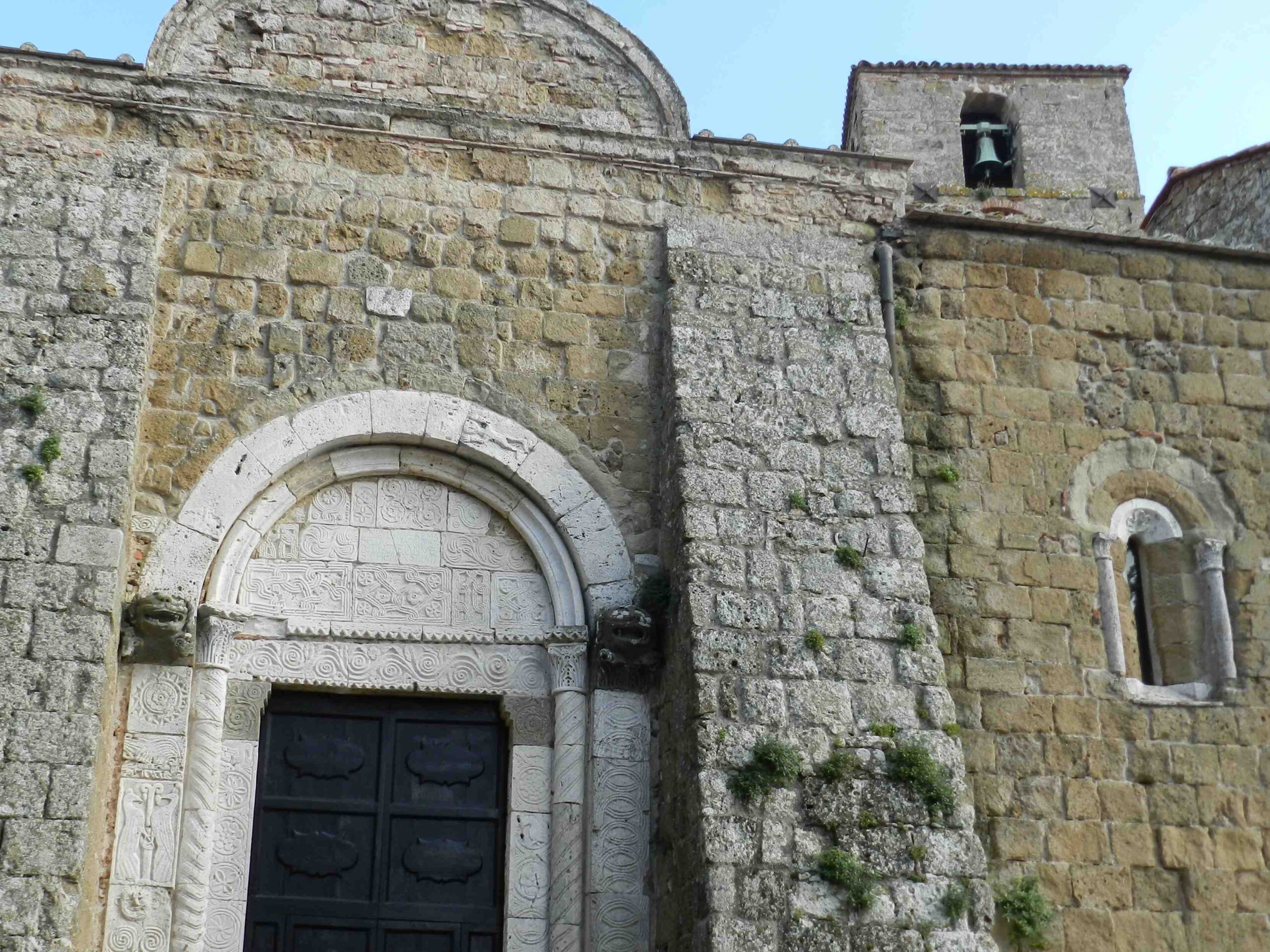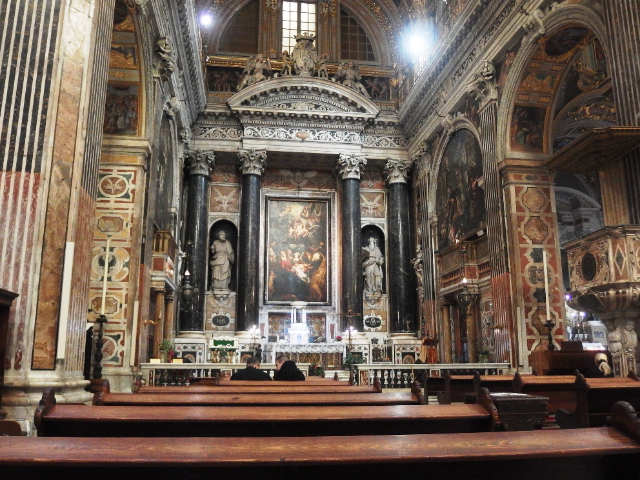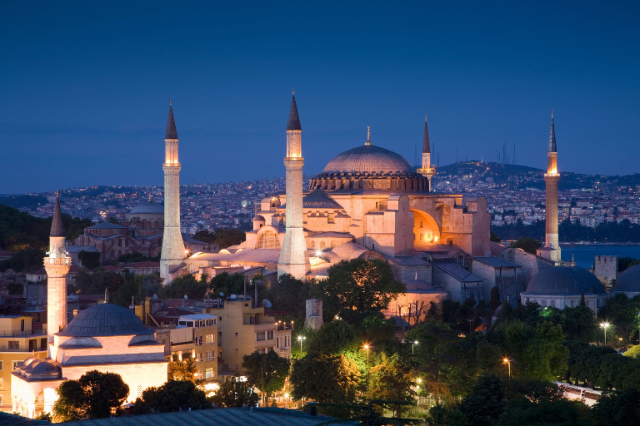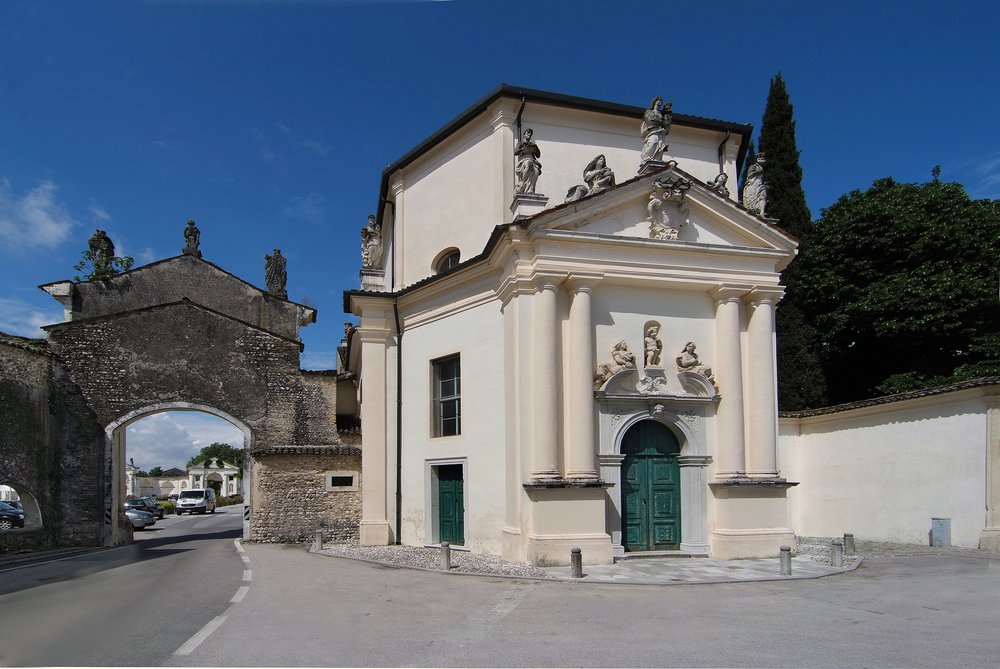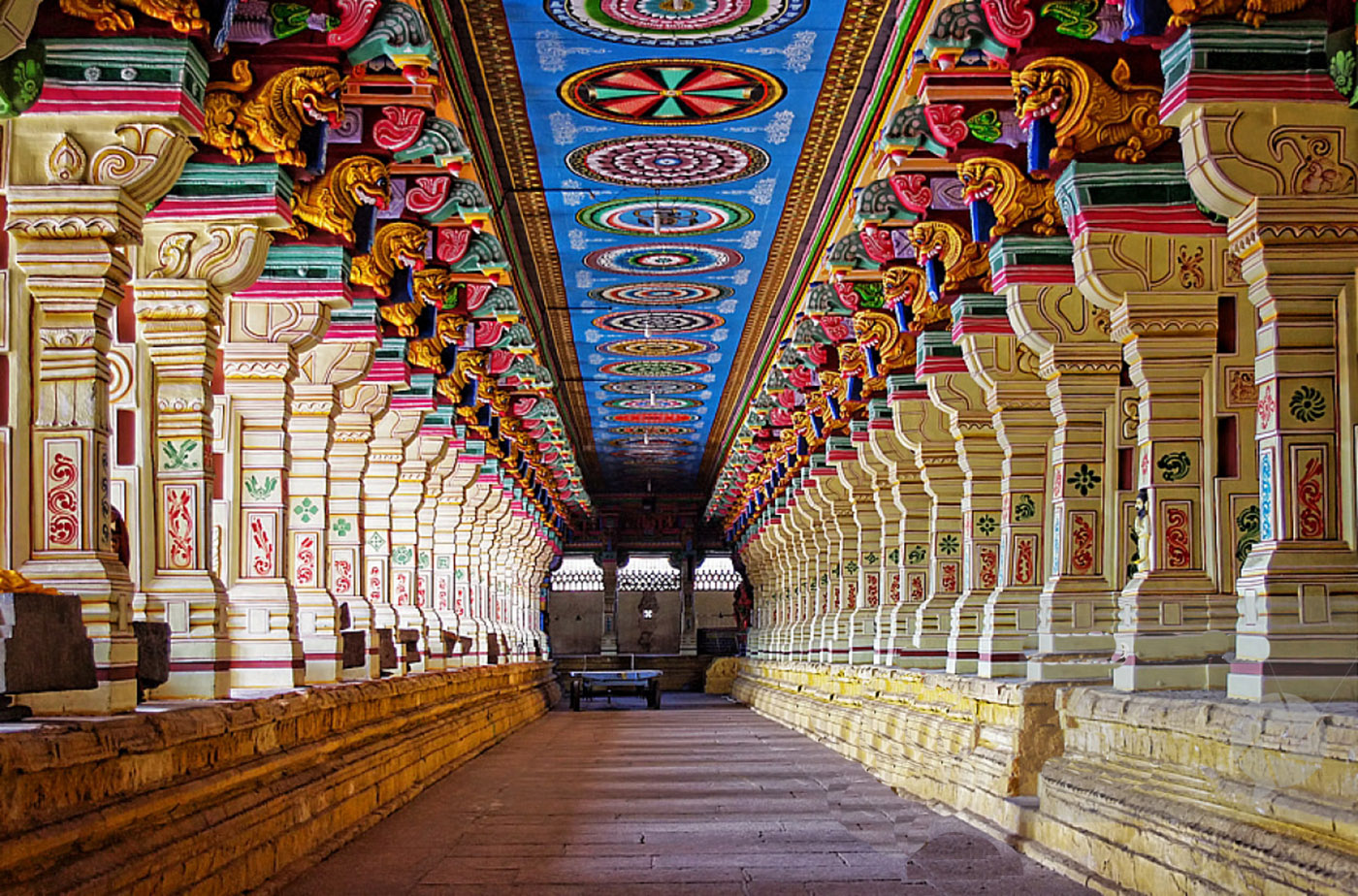Sovana Cathedral (Cathedral of Saints Peter and Paul) is located in the area where the Etruscan acropolis probably stood; its construction took place in the 10th-11th centuries. It is one of the most important buildings in the Romanesque-Gothic style in all of Tuscany. The main entrance to the cathedral is currently on the left side since the episcopal building was leaned against the main facade in the 14th century. The portal has rich and elegant sculptural decoration; one can recognize an armed knight, a bicauded siren, peacocks, the tree of life, roses, lion protomes, and spiral figures. The capitals of the interior columns are all decorated but linger on the penultimate one in the second row on the left, it depicts scenes from the Old Testament including the sacrifice of Isaac and Moses opening the waters.
In the urn on the altar in the left aisle, we find a relic that probably belonged to the church of San Mamiliano: "the urn of San Mamiliano" containing the Saint’s remains. Also inside the cathedral you will find a six-columned crypt, a baptismal font from 1434, the 15th-century travertine sarcophagus that originally housed the remains of St. Mamiliano, some frescoes, and finally you will find many sculptural motifs representing symbols that predate the Christian tradition. A particular feature of the Sovana Cathedral is certainly its astronomical orientation: on June 21 each year, weather permitting, the first ray of the morning sun strikes the apsidal lancet window and crossing the entire nave is projected onto the opposite wall, creating a spectacle of rare beauty; the same phenomenon is repeated in the early Christian crypt below. This means that the orientation of the building (aligned with the summer solstice) does not respond to the medieval rules dictated by the Church of Rome (which wanted the apse facing east) instead follows the canons of Nordic cultures (Celtic-Germanic and/or Lombard); a solution to the mystery, however, could be that the cathedral is connected to the feast of St. John the Baptist, which falls on June 24 only three days after the summer solstice.
